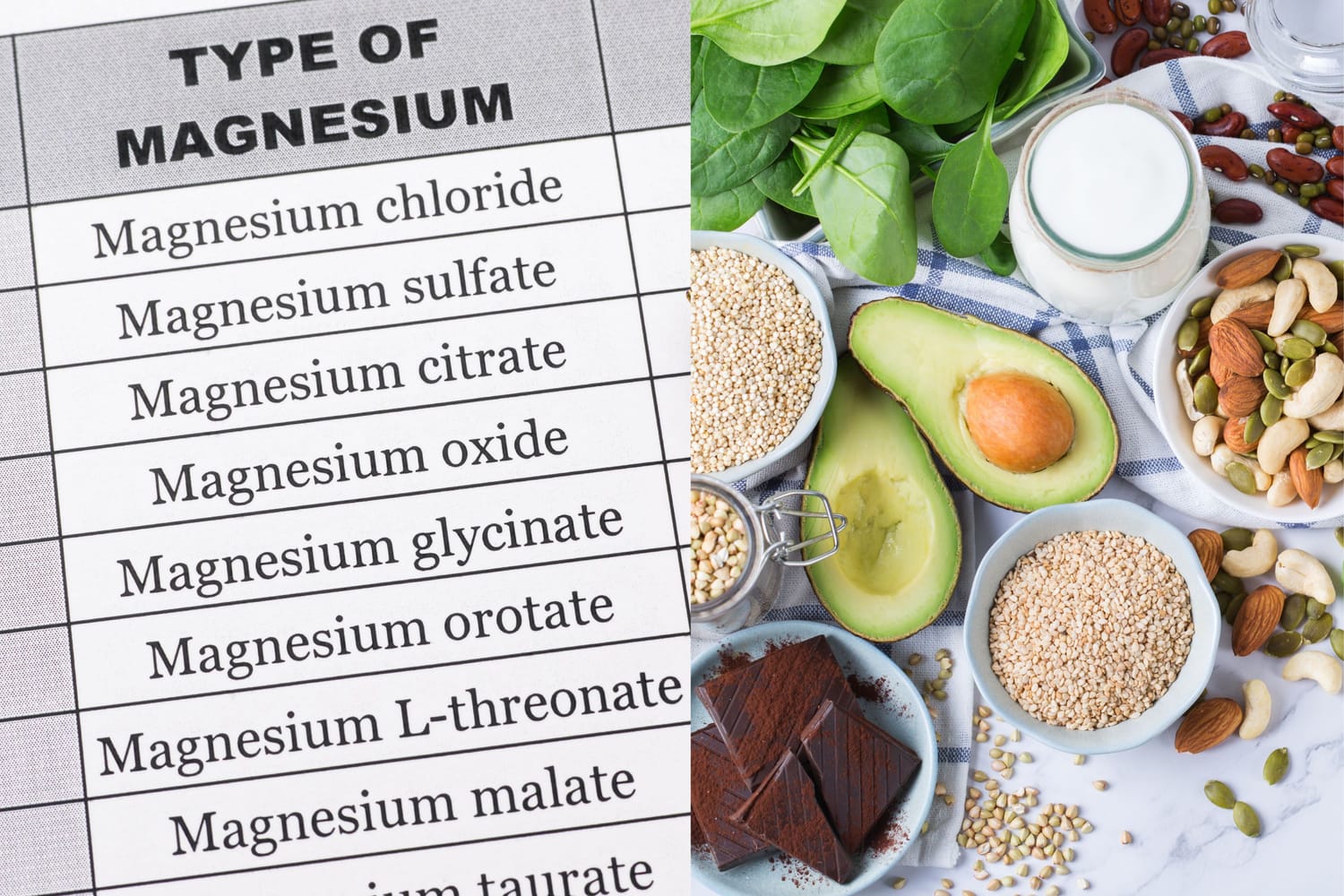

The Atkins Diet Simply Explained
The Atkins Diet is a well-known low-carbohydrate eating plan that focuses on weight loss by encouraging the body to burn fat for energy instead of carbohydrates.
It was developed by Dr. Robert C. Atkins in the 1970s and has gone through various updates over the years.
The Atkins Diet works by drastically reducing carbohydrate intake and increasing protein and fat consumption.
The idea is that by limiting carbs, the body enters a state called ketosis, where it burns stored fat for energy instead of glucose (which usually comes from carbs).
This shift is intended to promote weight loss and fat reduction.
The Phases of Atkins
The diet is divided into four phases:
1. Induction Phase: This is the strictest phase, where you consume only 20 grams of net carbs per day, mainly from low-carb vegetables. The goal here is to kickstart weight loss by entering ketosis.
2. Balancing Phase: As you start losing weight, you gradually reintroduce more nutrient-dense carbs like nuts, seeds, and berries. This phase helps you find the right carb balance to continue losing weight while getting more variety in your diet.
3. Pre-Maintenance Phase: As you approach your goal weight, more carbs are reintroduced, and the weight loss slows down. The goal here is to learn how much carb intake is sustainable without regaining weight.
4. Maintenance Phase: This is the long-term phase that helps you maintain your goal weight by balancing carb intake. The focus is on eating more carbs than before but keeping them at a level that doesn’t cause weight gain.
The main purpose of the Atkins Diet is weight loss, particularly through fat burning.
Additionally, the diet claims to improve overall health by stabilizing blood sugar, reducing the risk of metabolic syndrome, and improving cholesterol levels.
Many people also turn to Atkins for managing type 2 diabetes or improving heart health, though the diet can be controversial for those with certain medical conditions.
The goal is to train the body to use fat as its primary fuel source, which can lead to faster weight loss, especially in the initial stages.
The diet also aims to eliminate cravings and promote sustained energy levels throughout the day by avoiding blood sugar spikes commonly caused by high-carb meals.
Potential Risks or Downsides
Although the Atkins Diet can be highly effective for weight loss, it also comes with certain risks:
- Keto Flu: In the early stages, many people experience flu-like symptoms, known as “keto flu.” This can include headaches, fatigue, dizziness, and irritability as the body adjusts to burning fat instead of carbohydrates.
- Not Suitable for Everyone: Very low-carb diets may not be suitable for people with specific health conditions. For example, individuals with kidney disease, liver issues, or women who are pregnant may need to avoid Atkins due to the stress that high protein intake can place on the kidneys or liver.
- Potential for Nutrient Deficiencies: The restriction of fruits, whole grains, and certain vegetables may lead to deficiencies in fiber, vitamins, and minerals such as vitamin C and potassium. This can cause digestive problems like constipation or long-term health effects if not properly managed.
Science Behind Low-Carb Diets
A growing body of research supports the effectiveness of low-carb diets like Atkins, particularly for weight loss and blood sugar control.
Studies have shown that these diets can be more effective for short-term weight loss than traditional low-fat diets. By reducing carb intake, the body burns stored fat for energy, which can lead to faster weight loss.
Low-carb diets have also been found to improve insulin sensitivity and stabilize blood sugar levels, which is why many people with type 2 diabetes benefit from these eating plans.
Additionally, some studies suggest that low-carb diets can reduce the risk of heart disease by improving cholesterol and triglyceride levels.
However, the long-term sustainability of low-carb diets remains a point of debate.
Some health professionals argue that the restriction of certain food groups may lead to nutrient deficiencies or disordered eating habits over time.
Who Might Benefit from the Atkins Diet
While the Atkins Diet isn’t for everyone, many people can benefit from its structured, high-protein, and low-carb approach:
- People Looking for Quick Weight Loss: If your primary goal is to lose weight quickly, particularly in the early phases, Atkins can be effective due to its ability to trigger fat burning. The Induction Phase often leads to rapid initial weight loss.
- Individuals with Type 2 Diabetes: The diet’s low-carb focus can help stabilize blood sugar levels, making it beneficial for people with insulin resistance or type 2 diabetes.
- Those Who Prefer Structured Plans: Atkins provides clear rules and guidelines for what to eat and what to avoid, making it easier for people who prefer structure in their eating habits.
However, if you have any underlying health conditions, like kidney disease, or are pregnant, it’s essential to consult a healthcare professional before starting Atkins.
The high protein intake and restriction of certain food groups might not be suitable for everyone, and professional guidance can help ensure the diet is safe and balanced for your individual needs.
The Atkins Diet offers an appealing solution for those looking for rapid weight loss and better blood sugar control.
While its low-carb focus can lead to quick results, it’s crucial to approach this diet with awareness of its potential downsides.
For many people, the structured phases provide a clear pathway to long-term weight management, but it’s essential to maintain balance and ensure that you’re meeting all your nutritional needs.
As always, consulting with a healthcare provider before starting any new diet can help you avoid potential risks and maximize your success.
Disclaimer: This post may contain affiliate links.
LATEST POSTS





